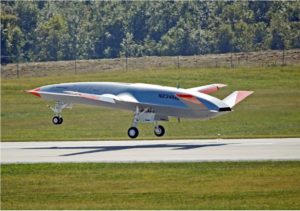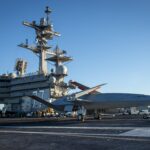
Navy officials told the Government Accountability Office (GAO) the MQ-25A Stingray unmanned aerial tanker developmental schedule might be delayed by three years and increase program costs if the Navy misses windows to install the aircraft on aircraft carriers. The GAO’s latest annual Defense Acquisition Annual Assessment, published June 3, said Navy program officials told them the service’s potential inability to maintain its schedule commitments for the MQ-25 may require modifications to the contract which would impact the fixed price terms. “Specifically,…

 By
By 











